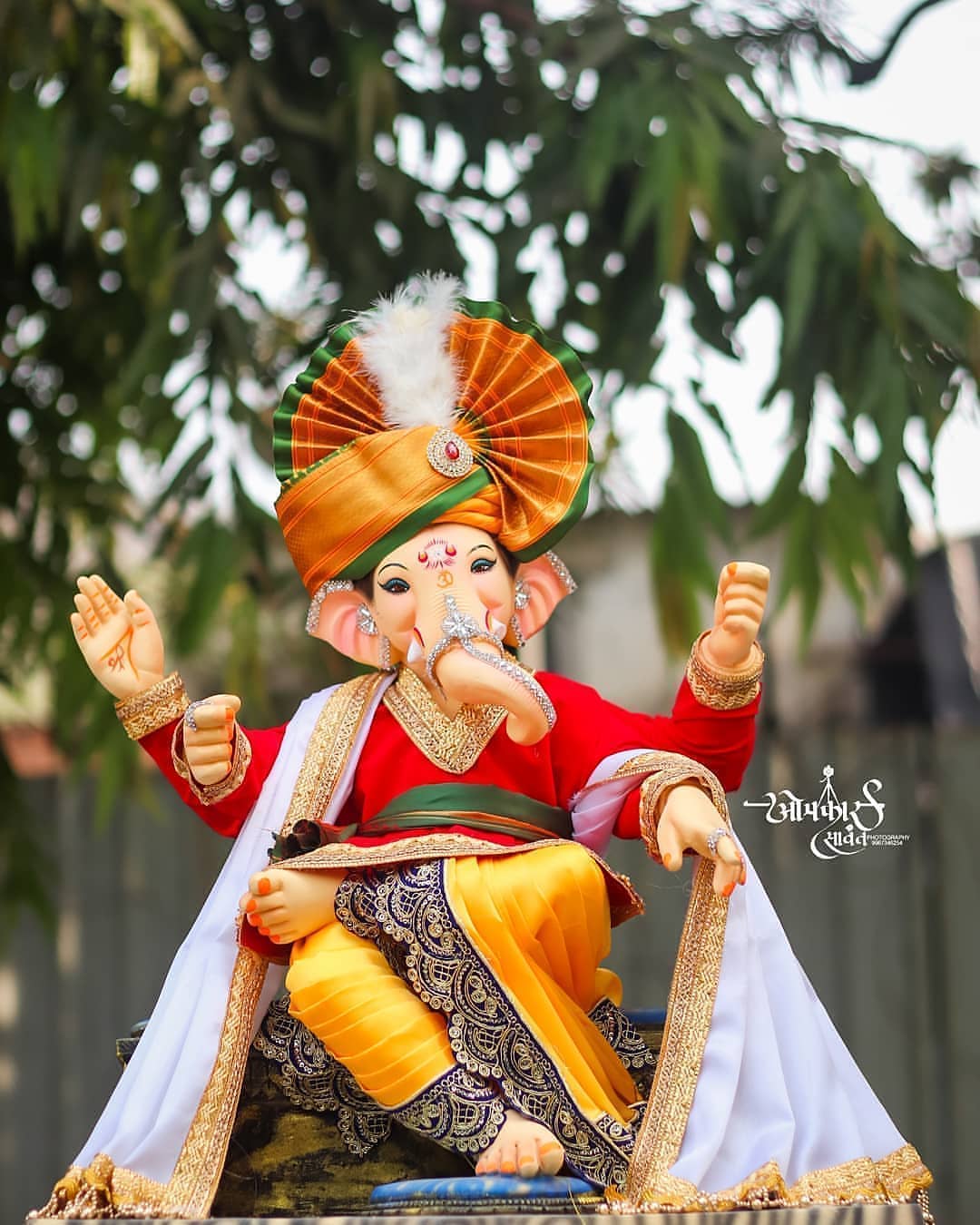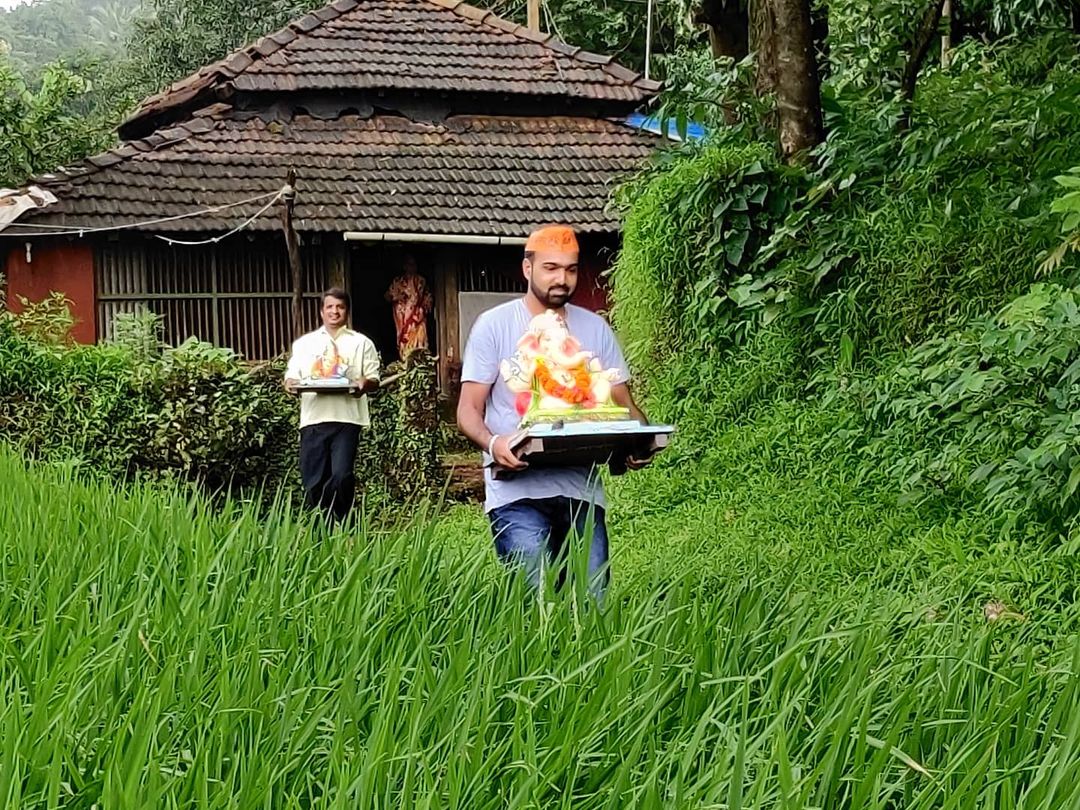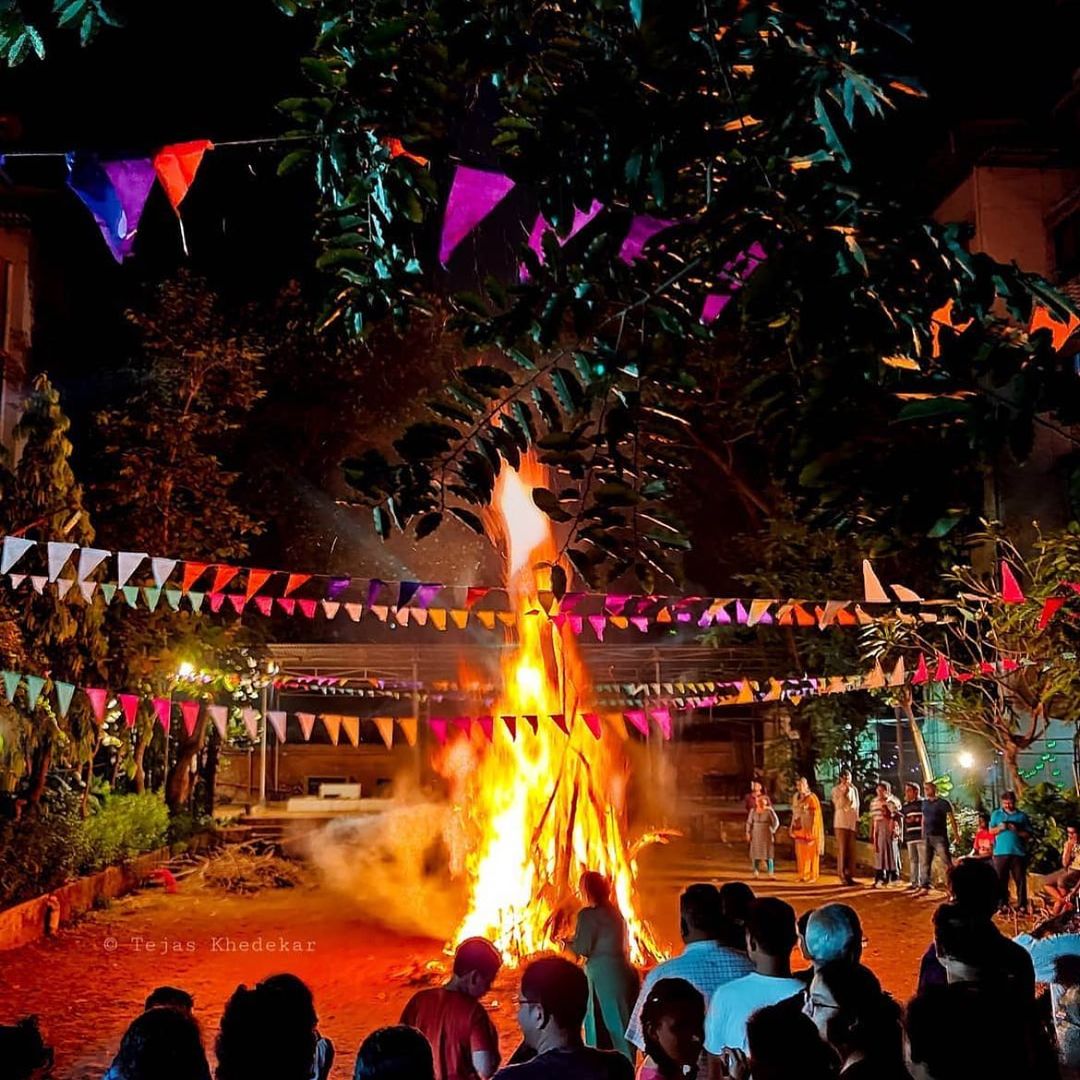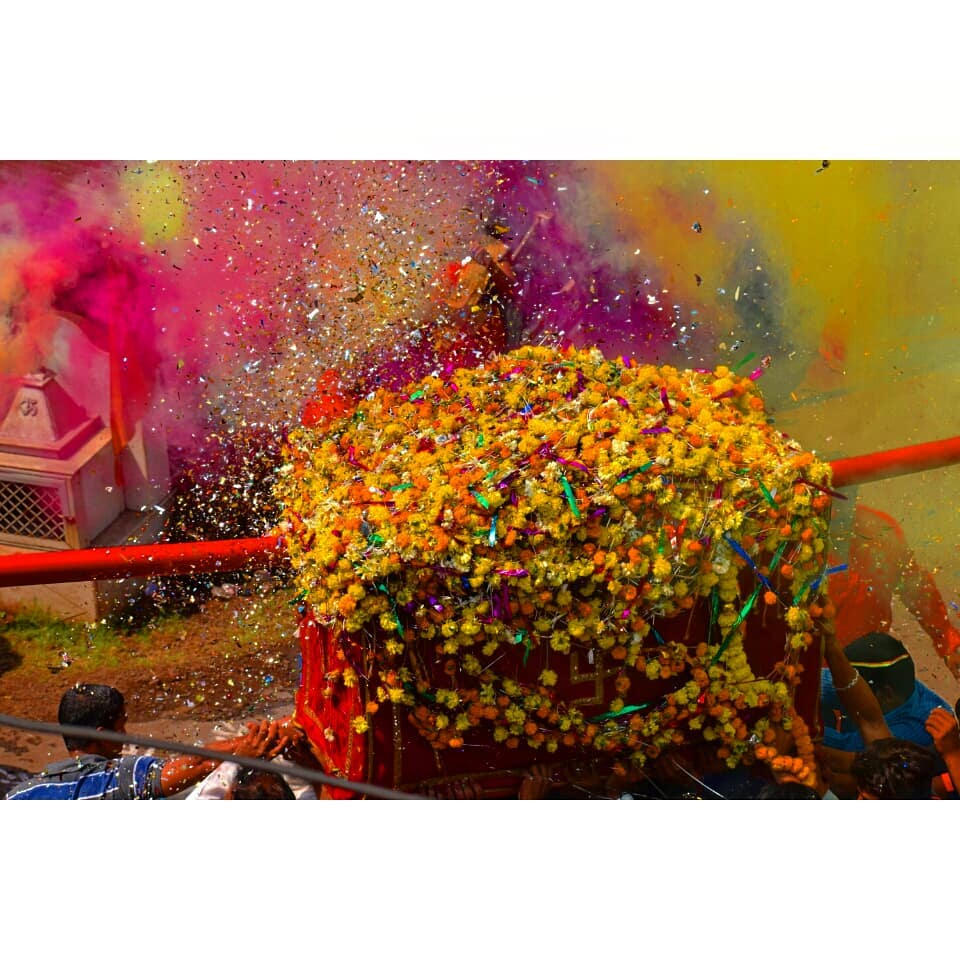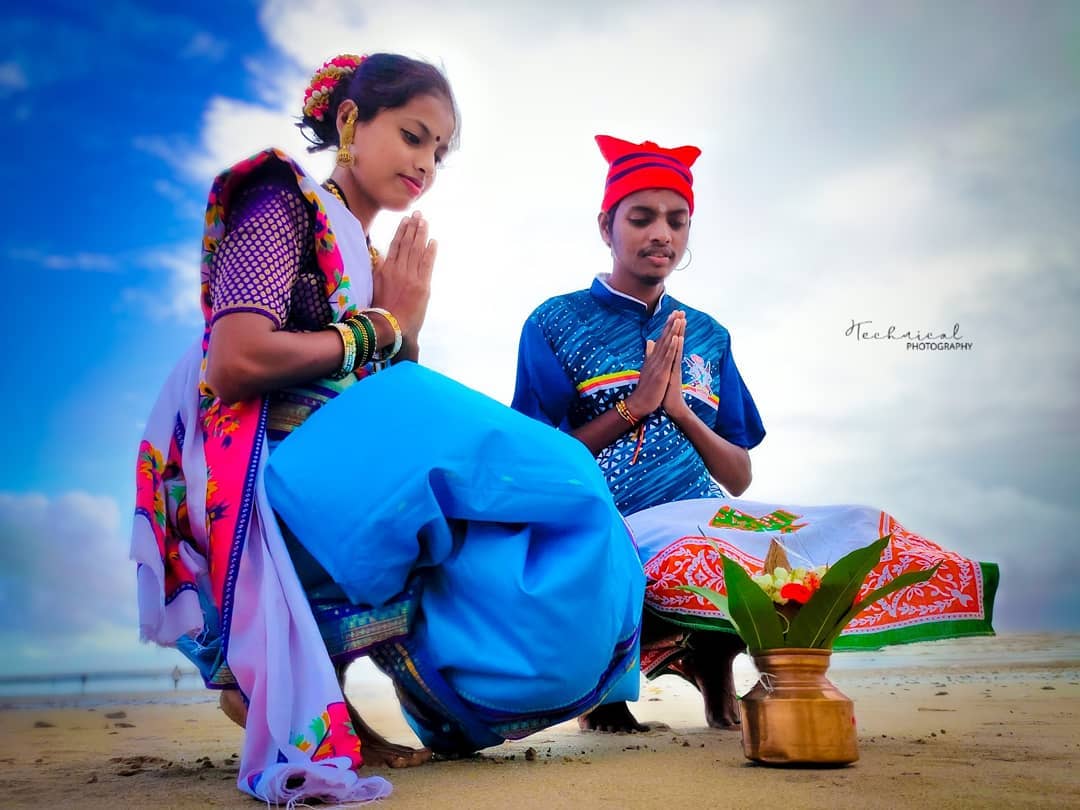
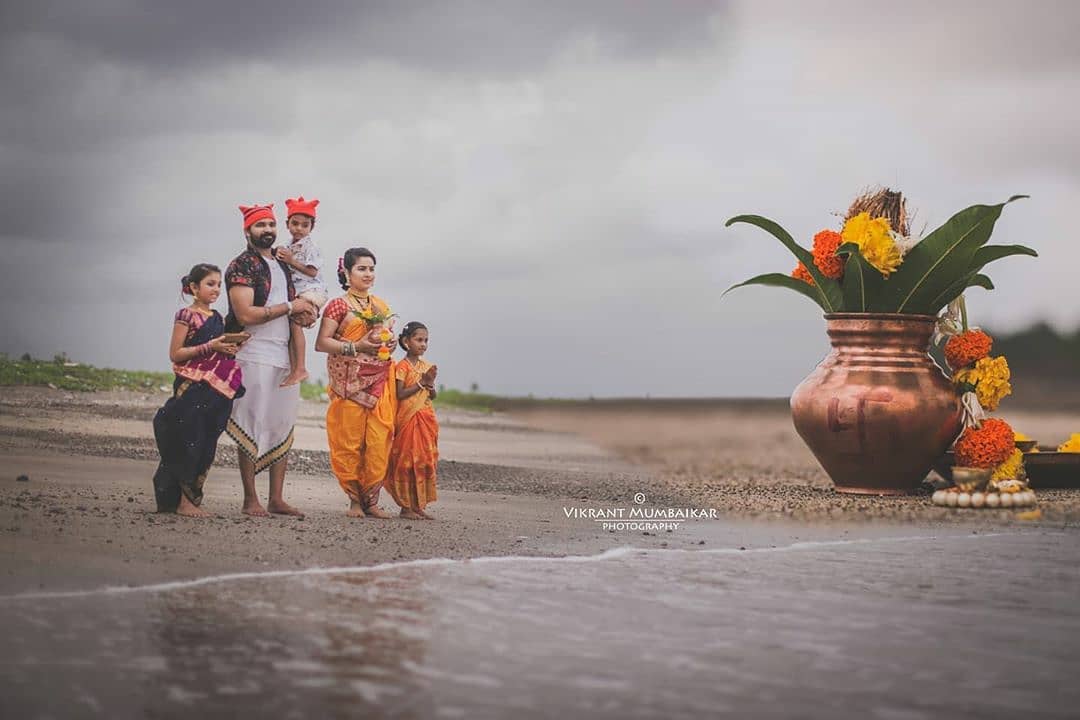
NARALI PURNIMA
LOCATION : Raigad, Maharashtra.
DURATION: In the month of Shravan !
The Hindu festival of Narali Purnima or the Coconut festival is celebrated with great fervor and in a jubilant manner by the fishermen and the fishing community in Maharashtra on the full moon day of Shravan. 'Shravan' is one out of the four most auspicious months in the Hindu calendar. Thus, a full moon day or the Purnima in this month is regarded as even more sacred. Narali Purnima is celebrated by Hindus in Daman and Diu on the west coast of India and in the coastal region of Maharashtra like Thane, Ratnagiri,Konkan etc. The word 'Naral' means coconut and coconut is offered to the sea on the full moon day, hence the name Narali Purnima. Other names for the festival include Shravani Purnima, Raksha Bandhan and Rakhi Purnima.
The reason for offering no other fruit but the coconut is because coconut has long been regarded as an auspicious offering Gods in all Hindu festivals. This is because every part of the tree – leaves, bark, coconut itself is extremely useful to man. Thus, this offering of coconut is believed to appease the Sea god for a safe journey ahead in the waters. Another reason for this is because the nut of the coconut appears to have three eyes and is associated with Lord Shiva who also has three eyes. So, traditionally breaking of a coconut is regarded as auspicious before the beginning of any new venture, in this case, the beginning of the fishing and water-trade season. It is also believed that after this day the strength of the wind and the direction of the same changes in favor of fishing.
Just a few days before the festival, fishermen repair their old fishing nets, paint their old boats or plug any holes that are leaking in their boats and ships. New boats are purchased or fishing nets are made. Colorful buntings or flower garlands are placed on the boats for decoration.
On the day of the festival, the traditional food which involves coconut is prepared like naraali bhaat or coconut rice, narlachi karanjis which is sweet coconut stuffed bread, etc.
The Versova Koliwada in Mumbai has its own unique style of celebrating the festival. The kolis come together for a traditional procession in the evening at around 5 or 6 pm. The traditionally dressed men and women carry coconuts with them to be offered to the sea. They also offer a Golden colored coconut or Sonyacha Naaral to the sea.
Narali Purnima is one of the most important festivals for the Koli community and it is celebrated with a lot of joy and happiness. It is social as well as an occupational festival and has been celebrated since time immemorial amongst the fisher folk in the country. Though there may be regional variations in the celebrations, the significance, sentiment and the rituals are by and large the same.
